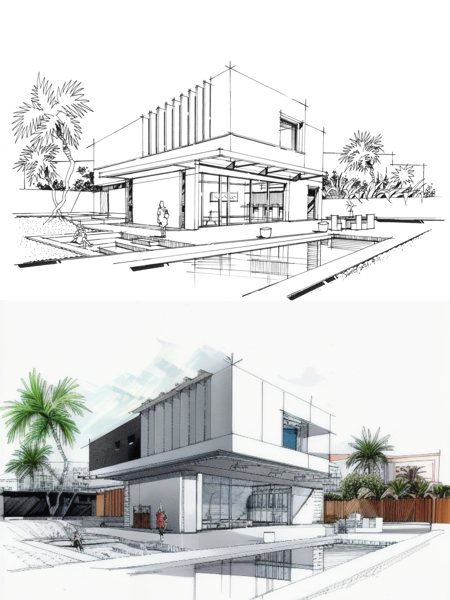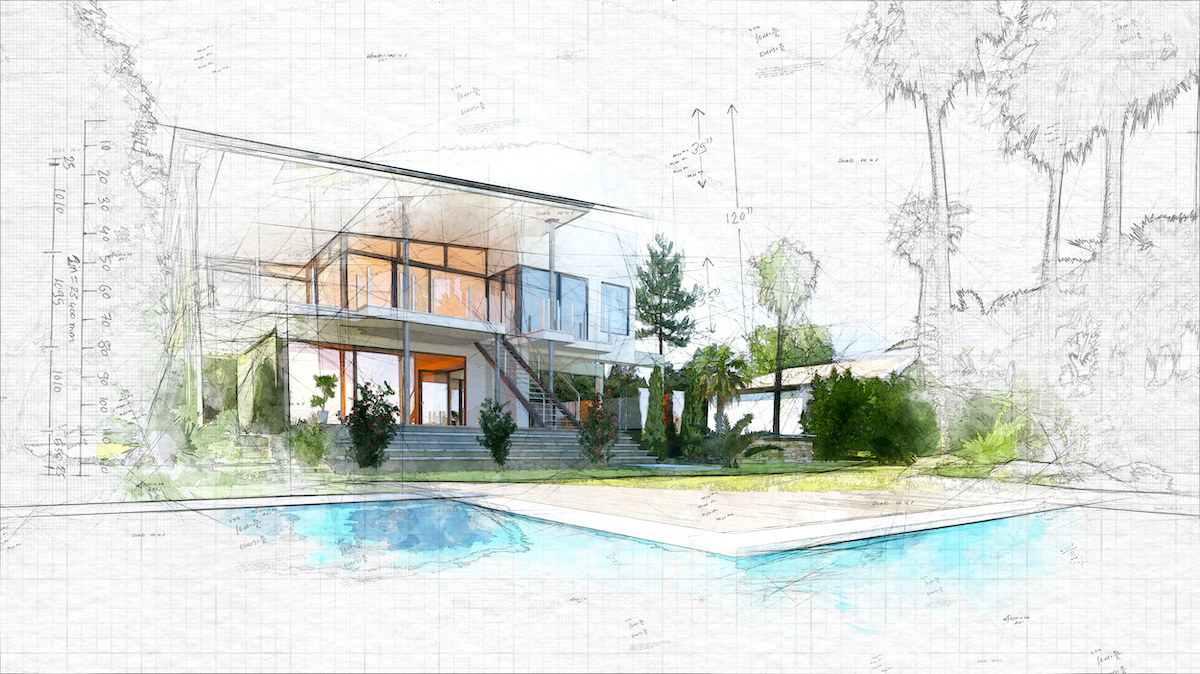Top Reasons to Choose CDA Architects for Your Residential or Commercial Layouts
Top Reasons to Choose CDA Architects for Your Residential or Commercial Layouts
Blog Article
An Extensive Introduction of Architectural Designs and Their Impact on Modern City Preparation and Growth
Building designs have long worked as a mirror to the social values and technical improvements of their time, playing a vital role in forming modern-day city preparation and development. From the majesty of Neoclassicism to the utilitarian technique of Brutalism, each style has presented distinct ideas that affect urban looks and performance. As contemporary challenges develop, including sustainability and neighborhood needs, understanding these historic structures becomes important. The resulting discussion not only notifies future layout techniques however additionally raises important concerns concerning the equilibrium in between heritage and innovation in our advancing urban landscapes.

Historical Overview of Building Styles
Throughout history, architectural designs have developed in reaction to cultural, technical, and environmental variables. Each duration reflects the prevailing values, ideas, and improvements of its time, leading to a rich tapestry of layout that indicates human creative thinking and adjustment. The old people, such as the Egyptians and Greeks, established foundational designs that stressed symmetry and proportion, serving both useful and visual purposes.
As societies transitioned with the Middle Ages, Gothic style emerged, identified by its verticality and elaborate detailing, matching the spiritual aspirations of the period. The Renaissance noted a revival of timeless ideals, combining art and style in ingenious means that affected succeeding styles throughout Europe.
The Industrial Revolution presented brand-new materials and construction techniques, triggering activities like Modernism, which challenged standard kinds and accepted simpleness and functionality. The 20th century saw a diversity of styles, with Postmodernism responding against the raw minimalism of its predecessor, including historic references and diverse aspects.
Today, architectural designs continue to progress, driven by globalization and sustainability problems, reflecting a dynamic interaction between heritage and technology (cda architects). This historical introduction highlights the importance of design as a mirror of social advancement and as a stimulant for city development
Secret Architectural Styles Explained
The variety of building designs shows the myriad influences that shape our constructed setting, each personifying unique qualities and social significances. Key architectural styles consist of Classic, Gothic, Baroque, Modernism, and Postmodernism, each representing distinct historic contexts and aesthetic philosophies.
Classical design, rooted in ancient Greece and Rome, highlights proportion, percentage, and using columns. In contrast, Gothic architecture, growing in the Middle Ages, is identified by sharp arcs, ribbed safes, and flying buttresses, developing an angelic quality in basilicas. Baroque style, emerging in the 17th century, is marked by magnificence, intricate embellishment, and a vibrant interplay of light and darkness.
Innovation, which gained momentum in the early 20th century, prioritizes function over kind, using new products like steel and glass to develop minimalist frameworks. Postmodernism, reacting versus the austerity of Modernism, welcomes eclecticism and historic recommendation, commonly integrating lively aspects and paradox.
Understanding these designs provides insight right into the cultural stories and technical advancements of their particular eras, highlighting exactly how style serves not equally as a shelter, however as a reflection of social values and aspirations.
Influence On Urban Preparation
In forming the growth of cities, architectural designs considerably influence city why not find out more preparation decisions. The option of building design often dictates the visual appeals, capability, and overall personality of metropolitan settings.
Moreover, building designs can affect zoning laws and land utilize plans. Urban coordinators must consider the dominating architectural fads when developing areas, making sure that new advancements balance with existing structures. This consideration promotes natural urban landscapes and improves neighborhood identification.
The implementation of particular building styles can likewise affect socioeconomic variables within a city. High-end modern styles may attract upscale locals and organizations, leading to gentrification, while a lot more affordable housing options may focus on practical and sustainable styles to suit diverse populations. Eventually, the interaction in between architectural designs and city preparation creates dynamic cities that mirror both historic context and modern requirements, shaping the lived experiences of their occupants.
Sustainability and Modern Architecture

Contemporary building activities, such as biophilic style and green style, supporter for frameworks that balance with their environments, making use of natural read here materials and promoting biodiversity. These styles frequently integrate eco-friendly power resources, such as photovoltaic panels and wind turbines, to minimize dependence on fossil fuels and lower carbon impacts.
Additionally, the integration of advanced modern technologies, such as wise structure systems, improves energy administration, enhancing resource use while making sure passenger convenience. Cutting-edge water administration approaches, consisting of rain harvesting and greywater recycling, more contribute to sustainable metropolitan environments.
Notably, sustainability prolongs past ecological worries; it encompasses social and financial measurements also. By fostering community well-being and promoting inclusivity, modern-day building designs line up with sustainable advancement objectives. Consequently, the evolution of building practices remains to shape resilient cities that not only meet the requirements of the present yet also secure the future for generations ahead.
Area Involvement in Layout
Community involvement in design works as a crucial bridge in between designers and the populations they offer, making sure that the constructed atmosphere mirrors the requirements and goals of its individuals. This collaborative process invites neighborhood participants to our website add their understandings and preferences, promoting a sense of possession and responsibility toward the areas they populate.
Efficient area involvement utilizes various methods, such as workshops, surveys, and public discussion forums, to collect varied perspectives. These methods promote a two-way discussion, permitting architects to recognize local contexts while encouraging citizens to articulate their issues and needs. This inclusivity not just boosts the style top quality however likewise advertises social equity by addressing the unique challenges faced by marginalized groups.
Moreover, neighborhood engagement can cause innovative options that may not emerge in a typical style process. By incorporating neighborhood knowledge and social values, designers can create areas that resonate even more deeply with customers, enhancing usability and sustainability. Ultimately, prioritizing neighborhood engagement in design procedures causes settings that nurture social communications, assistance wellness, and strengthen neighborhood connections, therefore playing an essential duty in shaping modern city landscapes.
Verdict
Architectural styles have actually greatly affected modern city planning and advancement, showing developing social and technical contexts. The assimilation of historic looks with contemporary requirements fosters city environments that prioritize sustainability and neighborhood involvement. As cities continue to grow and adapt, the ongoing discussion between building heritage and modern layout concepts will continue to be important in creating comprehensive, dynamic areas that improve quality of life and promote social equity. The future of urban growth depend upon this unified equilibrium.
Report this page